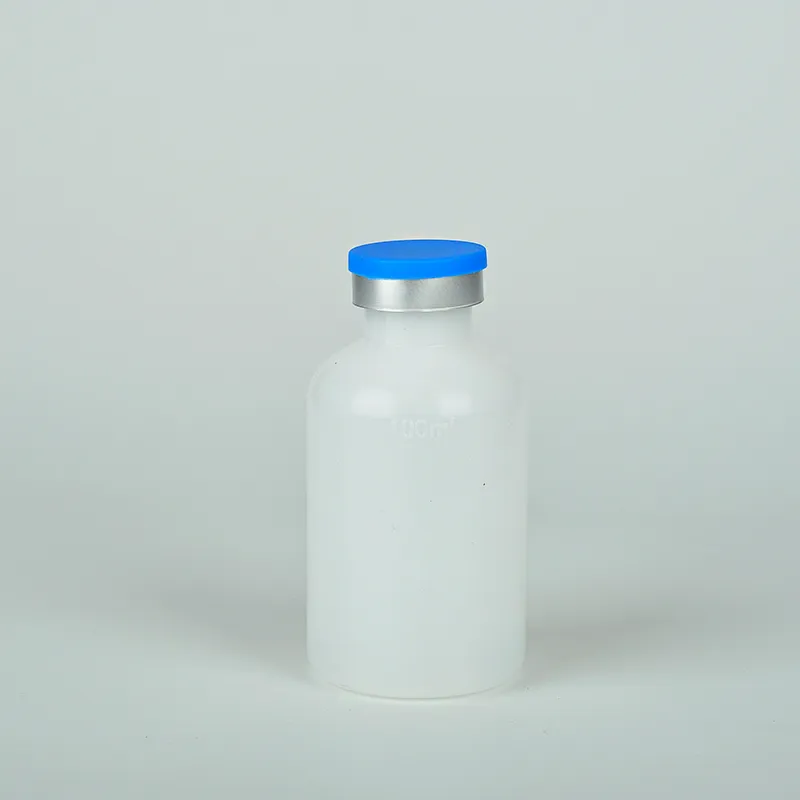https://www.wahmg.com/)">
tube for plasma collection
tube for plasma collection
Tube for Plasma Collection A Crucial Tool in Modern Medicine
In the realm of modern healthcare, the significance of accurate and efficient specimen collection cannot be overstated. One essential component in this process is the tube used for plasma collection. Plasma, the yellowish liquid component of blood, contains water, salts, enzymes, and a range of proteins. Its collection is vital for various diagnostic tests, therapeutic procedures, and research, highlighting the importance of utilizing the proper collection tubes.
Tube for Plasma Collection A Crucial Tool in Modern Medicine
One of the most common types of tubes used for plasma collection is the EDTA (Ethylenediaminetetraacetic acid) tube. EDTA acts as an anticoagulant, binding calcium ions and preventing the blood from clotting. This is crucial for tests requiring plasma samples, such as complete blood counts (CBC) and certain biochemical assays. The lavender-top EDTA tube is a staple in laboratories due to its effectiveness in preserving cellular components while providing an accurate assessment of the plasma's properties.
tube for plasma collection

Another essential tube is the citrate tube, typically blue-topped. It contains sodium citrate, which also acts as an anticoagulant. This tube is often employed in coagulation studies, such as prothrombin time (PT) and activated partial thromboplastin time (aPTT) tests. The use of citrate is particularly important in determining the blood’s clotting ability, which can be critical in diagnosing conditions like hemophilia or monitoring patients on anticoagulant therapy.
Moreover, the separation of plasma from the cellular components of blood is facilitated by the use of gel separator tubes, which have a gel barrier that forms during centrifugation. These tubes are often used in routine chemistry tests, allowing for the easy separation of plasma without the need for additional handling.
Proper labeling and handling of plasma collection tubes is critical to preventing contamination and ensuring accurate results. Health care providers should follow standardized protocols, from the moment of collection to processing in the laboratory. The tubes should be inverted gently after collection to mix the blood with the anticoagulant properly, promoting homogeneity.
In conclusion, plasma collection tubes are crucial tools in the healthcare sector, enabling the accurate diagnosis and monitoring of various medical conditions. With advancements in technology, these tubes continue to evolve, providing enhanced safety and efficacy in sample collection. Understanding the specific uses and advantages of different types of plasma collection tubes not only supports laboratory efficiency but also contributes to improved patient outcomes in a rapidly advancing medical landscape. As we continue to innovate in healthcare, these seemingly simple tools will play an integral role in delivering precise and timely medical care.
-
Wholesale Plastic Juice Bottles with Caps 16 oz Options Available Bulk Packaging SolutionsNewsJun.10,2025
-
Laboratory Apparatus Reagent Bottle – Durable & Chemical Resistant Bottles for Safe StorageNewsJun.10,2025
-
Squeezable Dropper Bottles Durable, Leak-Proof & CustomizableNewsMay.30,2025
-
Affordable Plastic Petri Plates Sterile & Disposable Lab-GradeNewsMay.30,2025
-
Eye Dropper Caps Precision 24/410 & Plastic Bottle-Compatible TipsNewsMay.30,2025
-
Affordable Mini Spray Bottle Price & Wholesale Deals Shop NowNewsMay.29,2025





















